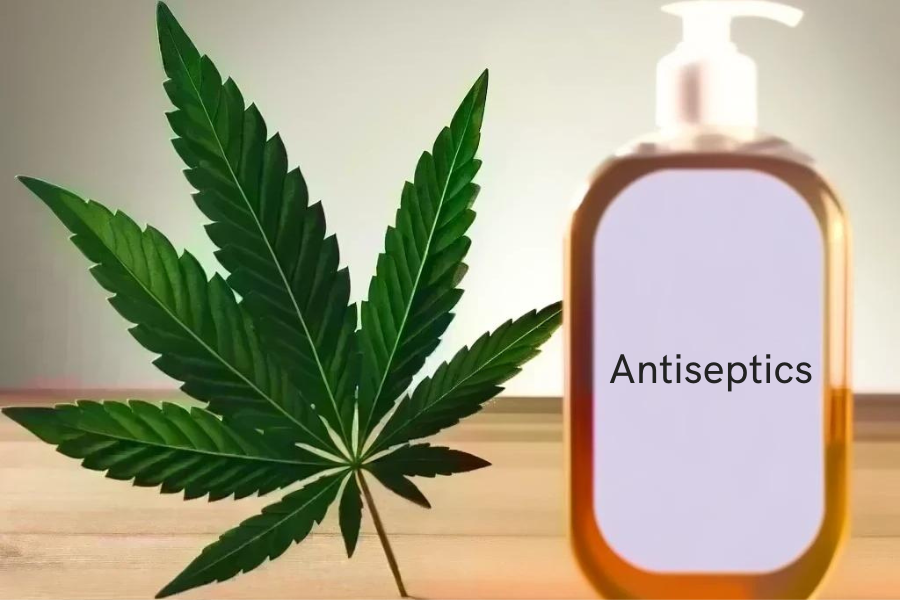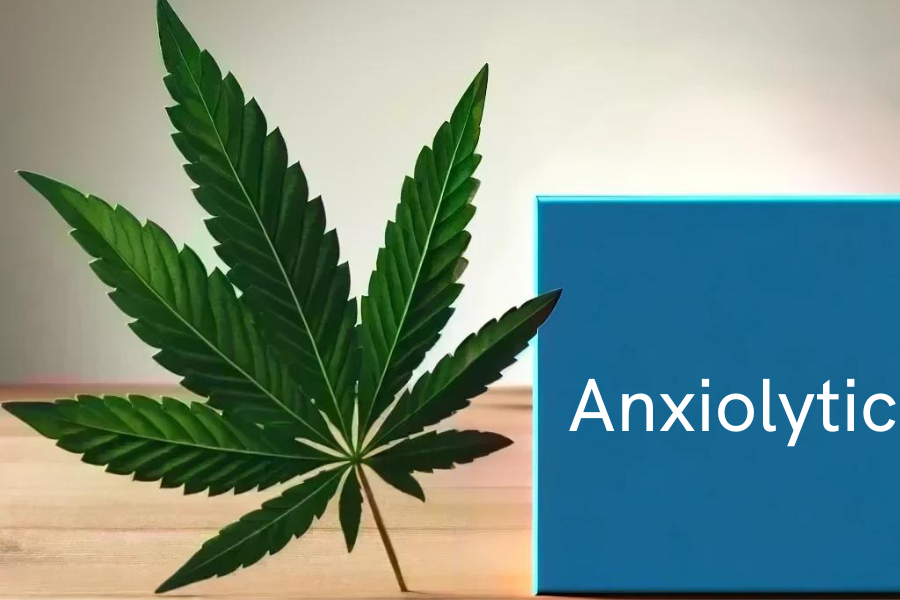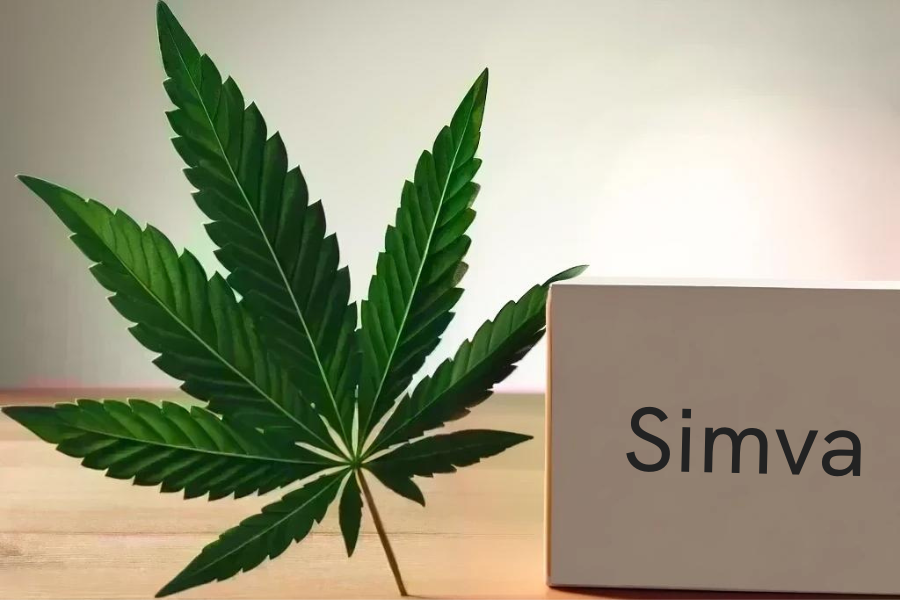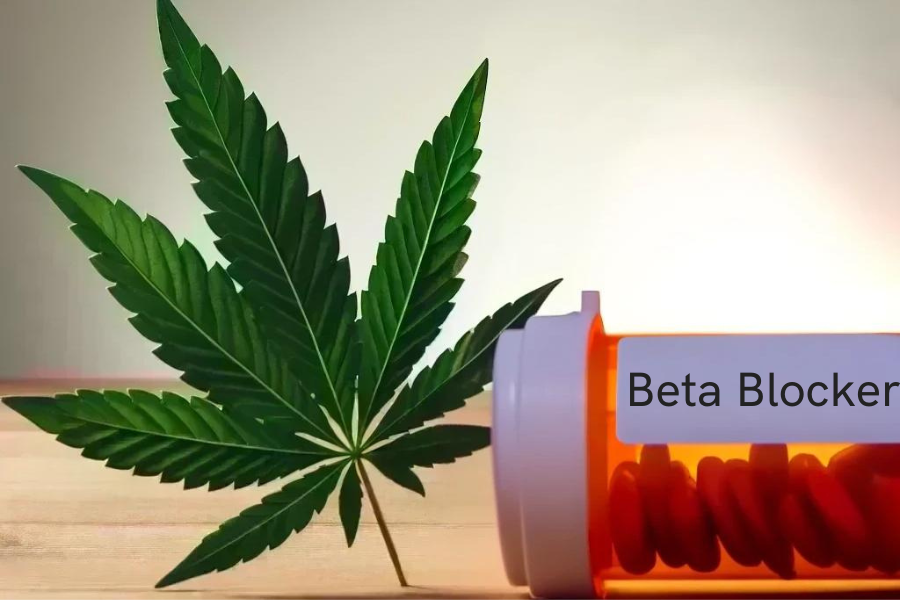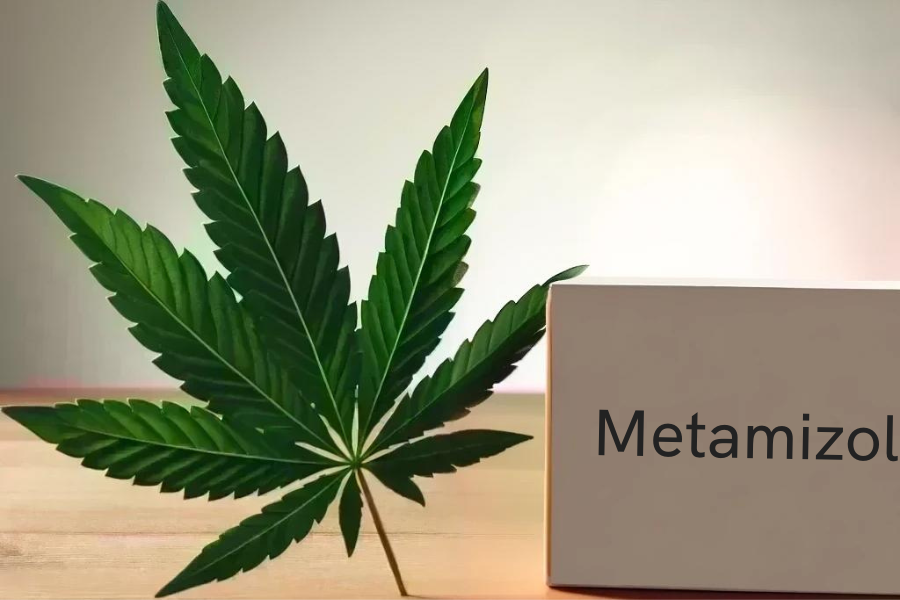Today, more people are using cannabis for both medical and recreational purposes. As a result, understanding how cannabis interacts with other medications is of paramount importance. This article aims to explore the interactions between cannabis and antiseptics—drugs like Hibiclens, Peride, Chlorhexamed, and Corsodyl. While it is informed by scientific research and clinical experience, it’s not a substitute for personalized medical advice, and readers should always consult with a healthcare provider for such guidance.
Overview of Cannabis
Components
Cannabis is a plant that contains over 100 active components, or cannabinoids. The most well-known are delta-9-tetrahydrocannabinol (THC)—the psychoactive compound that gives users a ‘high’—and cannabidiol (CBD), which lacks psychoactive effects but exhibits numerous therapeutic benefits.[1] These cannabinoids interact with the endocannabinoid system in the human body, influencing pain, mood, appetite, and memory.Common Uses
Cannabis has various uses, from recreational consumption to medical application for conditions such as chronic pain, epilepsy, multiple sclerosis, and chemotherapy-induced nausea and vomiting.[2]Overview of Antiseptics
Drug Information
Antiseptics such as Hibiclens, Peride, Chlorhexamed, and Corsodyl are germ-killing agents used to cleanse the skin and prevent infections.[7] They work by disrupting the cell membranes of bacteria, which slow or stop their growth.Common Uses
These antiseptics are typically used in surgical hand scrubbing, healthcare antiseptic hand wash, patient preoperative skin preparation, and skin wound and general skin cleansing.[7]Potential Interactions
As of now, there’s limited research on the direct interactions between cannabis and antiseptics. However, because the cannabinoids in cannabis affect a wide range of physiological functions, it’s possible they could influence the efficacy of these drugs. This section will delve into the possible interactions, but bear in mind that more research is needed to establish definitive conclusions.
Risks and Warnings
Given the lack of scientific data on this interaction, it’s difficult to detail specific adverse effects or at-risk populations. However, as with any combined drug use, potential risks could include an increase or decrease in the effects of either cannabis or the antiseptic, or unexpected side effects. Always consult with a healthcare provider before combining cannabis with any medications, particularly if you fall into a high-risk group—such as the elderly, pregnant women, or those with underlying health conditions.
Recommendations
This short section cannot provide all the unique medical advice necessary for every individual—it only serves to highlight the importance of speaking to a healthcare provider before using cannabis with antiseptics. They will be able to provide personalized advice and can help monitor for any adverse effects. It’s also important to consider dosage considerations when using these substances together, but more research is necessary to specify any adjustments.
Conclusion
While the potential interaction between cannabis and antiseptics remains uncertain due to a lack of scientific research, cautious use is recommended. Always consult a healthcare provider before using these substances in combination. Further research is required to clarify the interactions and potential risks involved.
References and Further Reading
- Cannabis Pharmacology: The Usual Suspects and a Few Promising Leads
- Cannabis and Cannabinoids (PDQ®)–Health Professional Version
- Chlorhexidine
Frequently Asked Questions
- Does cannabis interact with antiseptics? – Currently, there is not enough research to definitively answer this question. While theoretical interactions may exist, these have not yet been thoroughly studied and substantiated.
- Can I use cannabis and antiseptics together? – Before combining any drugs, including cannabis and antiseptics, you should consult with a healthcare provider to understand potential risks and benefits.

